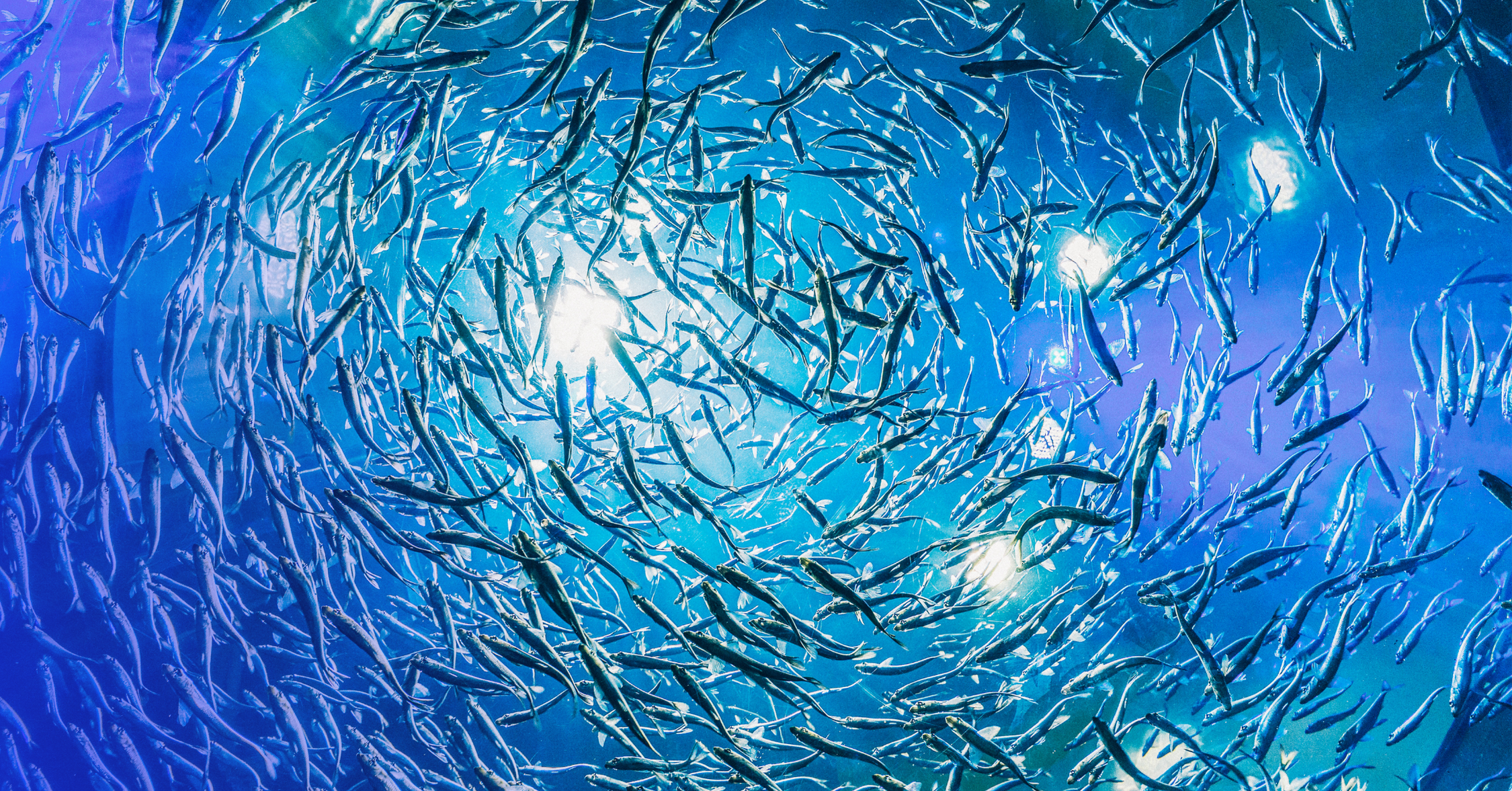
Researchers know that fish are sentient, though they almost always deny it. This is one reason we are grateful to Professor Culum Brown of MacQuarie University for the important and compelling presentation he gave last week on fish cognition, sentience, and welfare.
Fish are just as smart and complex as any land animal.
Professor Brown made clear that the supposed question of fish intelligence is no question at all – indeed, their similarities to mammals, including humans, have been known for over 20 years.
Fish have the same “brain parts” as other vertebrates (including humans) and have demonstrated the same cognitive abilities, including:
- Learning through classical and operant conditioning;
- Time-place learning;
- Long-term memory;
- Social learning (which equates to learning across generations and leads to cultural traditions);
- Individual and self-recognition (in fact, one species of fish has performed better than any other species of animal on the mirror test);
- Innovation;
- Cooperation;
- Reconciliation;
- Tool use; and
- Nest-building.
Evidence of pain in fish is just as strong as in mammals.
Professor Brown also made clear that the supposed question of the ability of fish to feel and experience pain is no question at all.

For those unconvinced by their physiological and neurological similarities to other animals for whom the experience of pain has been accepted, over 2,000 published studies have demonstrated the same – including that, just like humans, fish demonstrate physical responses to pain (e.g., increased heart and respiratory rates), stress and anxiety when anticipating pain, and changes in behavioral preferences and choices when pain is in play.
In a particularly poignant example of fish displaying “[f]lexible, value-guided decision making” (including the paying of costs to avoid pain and the negotiation of trade-offs), Professor Brown relayed that fish faced with having to endure electric shocks to access food avoided the shocks (and forewent food) for up to three days; but, after three days of starvation, these same fish accepted the shocks to access food – thereby demonstrating that their “internal state [] modif[ied] their decision-making process”.
Further, when access to food was replaced with access to other fish, the fish immediately accepted the shocks – as Professor Brown emphasized, fish are highly social beings for whom enjoying each others’ company is “what they do”. (Professor Brown also noted that “the stress and anxiety of being repeatedly shocked increase[d] the value” of being with friends, which provided comfort.)
When it comes to pain, the physiology and behavior of fish are “pretty much the same” as humans, says Professor Brown.
Fish are the same as us in all ways that matter, yet we do not even define them as “animal[s]” for purposes of research – indeed, not one of the more than 36,000 species of fish enjoy any protections under the Animal Welfare Act, and their exploitation for human research purposes continues to increase.
Unfortunately, the general public opposes the use of fish less than mammals, failing to appreciate that they are focusing on a distinction without a difference, on a human-created division between “types” of sentient animals, on a demonstrable red herring (pun intended).
Regardless of how humans classify them, all animals deserve to walk or fly or swim free. Please join us in working to empty all cages, including, of course, all tanks. To learn more about animal sentience, you can read more here.
Click to share this article on Facebook or share it on X (Twitter).